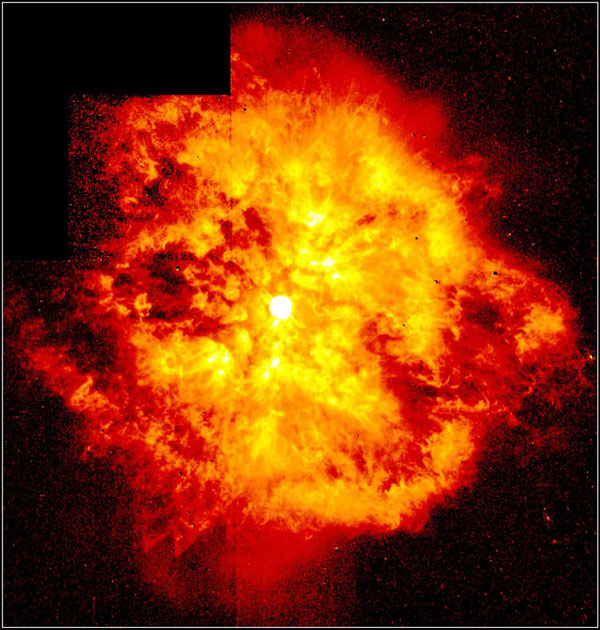The difference between photographic and visual magnitude is called color index (C.I.) of the star.
Photographic magnitudes can be measured with photographic plates sensitive to other region of the electromagnetic spectrum. This magnitude is called photographic magnitude.
Visual magnitudes are measured with the help of special photographic plates whose peak sensitivity coincides with the peak sensitivity of the eye around 5000 A. These magnitudes are called photo visual or simply visual.
The photographic plates are most sensitive at blue and violet wavelengths. Color index of a star is a measure of its surface temperature. To measure the index, one observes the magnitude of an object successively through two different filters such as U and B or B and V where U is sensitive to UV rays, B is sensitive to blue light and V is sensitive to visible light. Photographic filters are used to allow only a certain wavelength band to enter the detector. The most accurate magnitude measurements are made using photoelectric photometers.
UVB Photometry
In the year 1950 H.J. Johnson and Morgan developed UVB photometric system. The letters UVB stands for Ultraviolet, blue and Visual magnitudes. This system is a wide band photometric system for classifying stars according to their colors.
In this system the wavelengths 3670A, 5450A and 4360A are used for ultraviolet, visual and blue filters. The magnitude observed through these filters are called U, V and B magnitudes. For U, V and B filters band width are 660A, 880A and 940A respectively. These bands have been chosen in such a way that (B-V) and (U-B) are zero for A0 stars and surface temperature of such star is ~10,000 K.
Note that U, V and B magnitudes are apparent magnitudes. Their corresponding absolute magnitudes are ,
and
.
For the Sun,
U = -26.06 = 5.51
V = -26.78 = 4.79
B = -26.16 = 5.41




